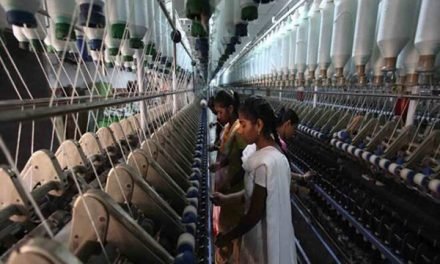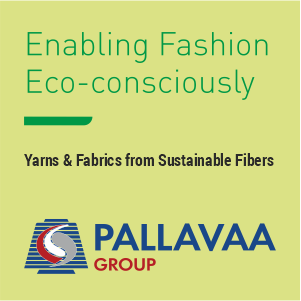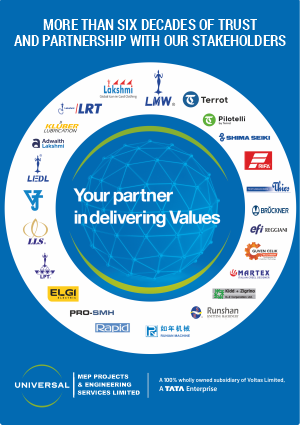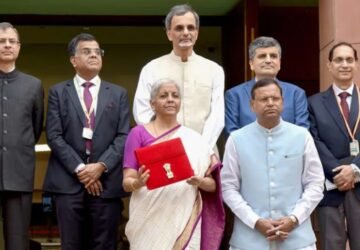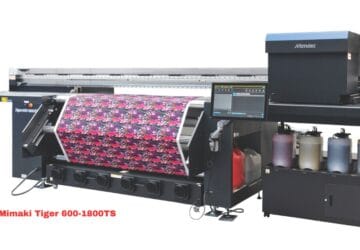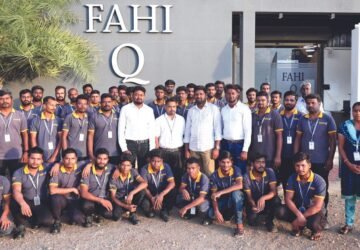
The government recently issued operational guidelines for the implementation of the A.P. Textile, Apparel and Garments Policy (4.0) 2024-29, which is aimed at attracting investments in textile production and apparel manufacturing with special emphasis on value addition, employment generation and environment protection.
It was stated in G.O. Ms. No. 55 that more than 848 units commenced production with a total investment of over Rs.13,617 cr and generated employment for 1,05,225 people between 2014 and 2024 but there has since been limited progress in value-added textile activities such as weaving, knitting, preparatory, processing, technical textiles, and integrated units.
These segments hold significant potential not only for value addition but also for generating large-scale employment. It was felt that a focused approach is needed to ensure the conversion of the entire yarn produced in the State into fabrics and prevent value migration, and it required a policy framework that promotes key components of the textile value chain. Keeping this in view, the government has come up with the above policy. It is applicable from December 11, 2024 to December 10, 2029.
The policy defined a micro enterprise as a unit where the investment in plant & machinery (P&M) or equipment does not exceed Rs.1 crore and turnover is less than Rs.5 crore, a small enterprise as a unit where the investment in P&M / equipment does not exceed Rs.10 crore and the turnover is less than Rs.50 crore, and a medium enterprise as a unit where the investment in P&M or equipment does not exceed Rs.50 crore and the turnover is less than Rs.250 crore.
Sub-large and large industries have been defined as units with fixed capital investments (including land, building, plant, machinery & equipment) between Rs.50 crore and Rs.100 crore and Rs.100 crore to Rs.200 crore. The policy defined a mega industry as a unit having more than Rs.200 crore of fixed capital investment.
Incentives: The government laid down a procedure for claiming tailor-made incentives being given by it to mega and above projects, and the incentives include an ‘early bird offer’ to sub-large and above enterprises. Decisions under the policy will be taken by the State Investment Promotion Board on the basis of recommendations made by the State Investment Promotion Committee.



